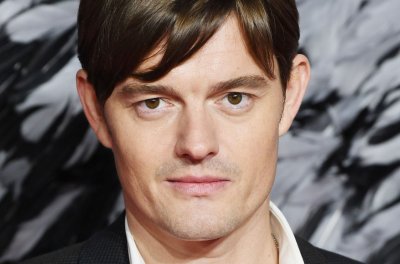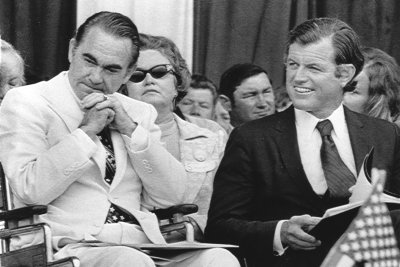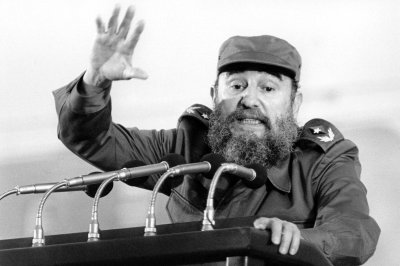Topic: Pierre Curie
Pierre Curie (15 May 1859 – 19 April 1906) was a French physicist, a pioneer in crystallography, magnetism, piezoelectricity and radioactivity, and Nobel laureate. He was the son of Dr. Eugène Curie (August 28, 1827-February 25, 1910) and Sophie-Claire Depouilly Curie (January 15, 1832-September 27, 1897). In 1903 he received the Nobel Prize in Physics with his wife, Maria Salomea Skłodowska-Curie, and Henri Becquerel, "in recognition of the extraordinary services they have rendered by their joint researches on the radiation phenomena discovered by Professor Henri Becquerel".
Born in Paris, France, Pierre was educated by his father, Eugène (August 28, 1827-February 25, 1910), and in his early teens showed a strong aptitude for mathematics and geometry. By the age of 18 he had completed the equivalent of a higher degree, but did not proceed immediately to a doctorate due to lack of money. Instead he worked as a laboratory instructor.
In 1880, Pierre and his older brother Jacques (1856-1941) demonstrated that an electric potential was generated when crystals were compressed, i.e. piezoelectricity. Shortly afterwards, in 1881, they demonstrated the reverse effect: that crystals could be made to deform when subject to an electric field. Almost all digital electronic circuits now rely on this phenomenon in the form of crystal oscillators.
It uses material from the Wikipedia article "Pierre Curie."








